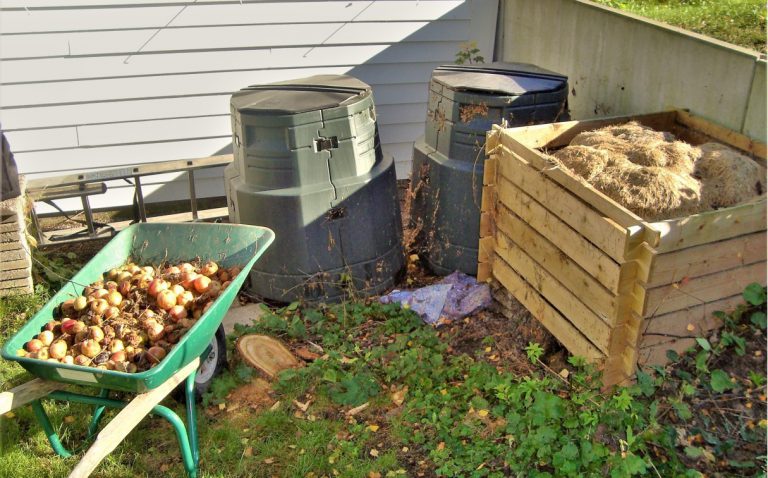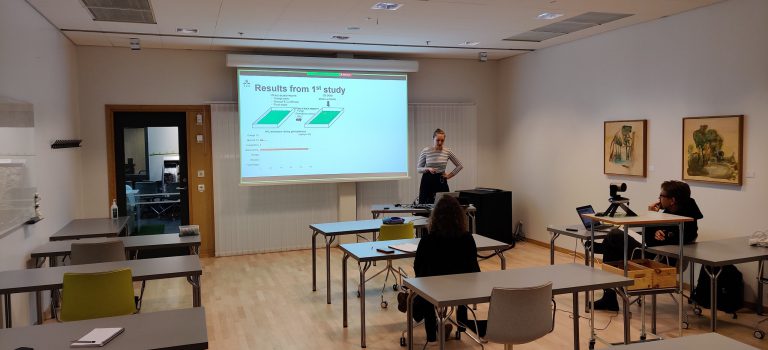Friday afternoon, the 23rd of April, Lovisa Lindberg was standing in her office and held a presentation about larvae as a substitute for fish feed for high school students from Värmdö municipality. This was a part of BSSC’s (Baltic Sea Science Center) theme week at Skansen where they invited different experts to talk about their science projects related to the Baltic Sea. Classes from grade 9 up to grade 12 booked the lectures they wanted to attend to during this week. In addition to the lectures, they were sent material in advance to read or watch such as popular summaries about the topic or if there were any videos available. After the lecture, the work continued with a scientific paper related to the topic and the goal was for them to get an understanding of how a scientific paper is written.






